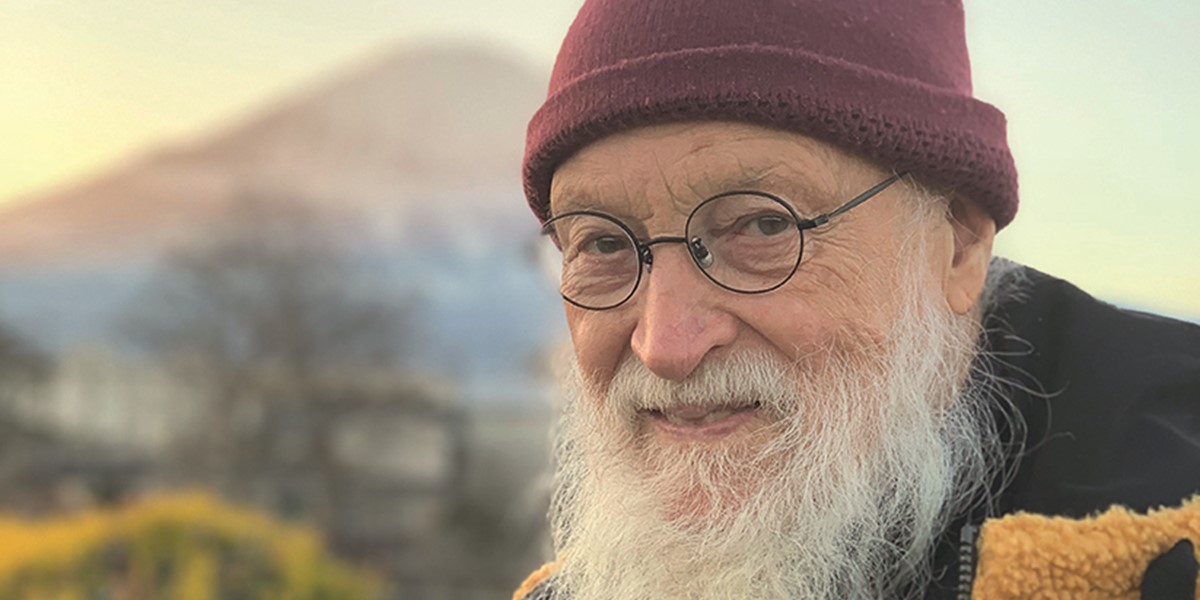Monday, January 16, 2023
Terry Riley interview: “Every decade of my life has had a different focus”
The pioneering minimalist composer talks about the Indian music that captured his imagination and his tutelage under Pandit Pran Nath

©Sara Miyamoto

Register now to continue reading

Thanks for visiting the Songlines website, your guide to an extraordinary world of music and culture. Sign up for a free account now to enjoy:
- Free access to 2 subscriber-only articles and album reviews every month
- Unlimited access to our news and awards pages
- Our regular email newsletters

